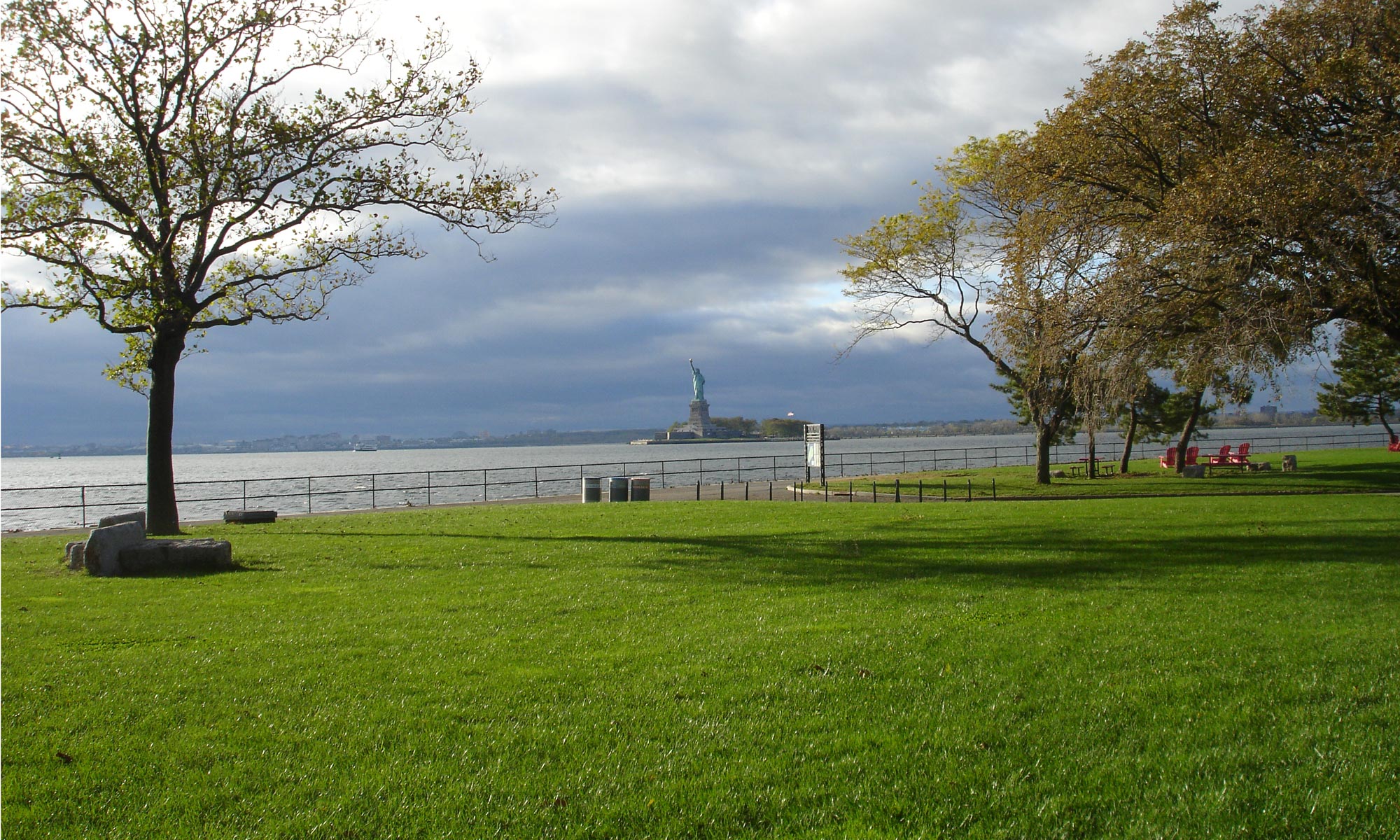City Wide People’s Land Use Alliance
For Immediate Release: info@landusealliance.nyc
February 18, 2021
CITYWIDE ALLIANCE OPPOSES SPEAKER’S FLAWED PLANNING BILL
Group’s Analysis Pans CoJo’s Top-Down, Anti-Community Approach
NEW YORK, NEW YORK: A grassroots, citywide alliance – the City Wide People’s Land Use Alliance – described Speaker Corey Johnson’s proposed comprehensive long-term plan legislation as “worse than ULURP”. The Alliance criticized the bill’s top-down approach that would leave communities with even less democratic control over massive city rezonings than they have under the current city land use approach. Worse, the law predetermines where new buildings, density, and growth should go, rather than making those decisions part of the planning process. Therefore, the Alliance has called on officials to please vote NO on Intro 2186.
The Context
In December, Speaker Johnson unveiled the legislation, which would create a Master “comprehensive long-term plan” ostensibly to deal with what is thought to be problematic “piecemeal” planning. While New York City lacks comprehensive planning, this law is the wrong law to rectify that oversight. The bill gets planning entirely backwards. Before any planning takes place – by law it “directs growth” to the already overdeveloped, overcrowded core of the City: Manhattan, Downtown Brooklyn, the East River Waterfront, and Brownstone Brooklyn. It also decreases community participation, by not including the people who will be the most heavily impacted. In light of this, the Alliance, representing residents and over three dozen grassroots organizations across NYC, sent this letter to the Mayor and City Council, encouraging them to vote no on the bill in April.
The Legislation
The law would allow the Mayor to appoint a powerful, Robert Moses-like figure called “The Director” who is to create three rezoning “scenarios” that assign housing targets for selected neighborhoods in the city’s core, “high amenity” neighborhoods that the Director chooses for receiving the increased density. Community boards would be required to pick one of those scenarios. If they resist, the Director will pick one for them. In that way it creates a top-down administrative structure that fails to democratize land use: it merely empowers a Mayoral appointee to make sweeping land use decisions in neighborhoods citywide.
The purpose of the draft comprehensive Master Plan legislation is “to prioritize population growth, where applicable, in areas that have high access to opportunity and low risk for displacement.” That is planning-code for over-developing the core of the city while neglecting investment in low-income and “low-amenity” neighborhoods. Who is this designed to benefit? Real estate developers who stand to make higher profits in overdeveloped areas. Eliminating local community resistance with a new law would help grease the skids for their projects
How It Would Work
Top-Down Administrative Structure
The Mayor would appoint a “Director” for the Mayor’s Office of Long Term Planning (OLTP). The Mayor, Borough President and City Council would appoint a Long-Term Steering Committee (LTSC). That committee would then appoint a Borough Steering Committee (BSC) for each borough. All those committees merely offer non-binding advice to the Director.
Top-Down Process Eliminates Community Participation
- After one public hearing, the Mayor’s appointed Director would create three rezoning plans for each community board district, imposing housing targets to increase density. Each board would be required to choose one and have one of the scenarios chosen for them.
- There are no hearing requirements at the Community Boards, Borough President, or the LTSC, all of which must choose one of the three plans.
- The scenarios are bundled as a citywide plan for approval by the City Council.
- Local Council Member deference is eliminated.
Once the Master Plan is in place:
- During the ULURP process, the Department of City Planning certifies a development plan if it “aligns” with the Master Plan.
- A development plan that “aligns” with the Master Plan is assured approval.
- For projects in “alignment” with the Master Plan, no environmental review is required.
What It All Means
The bill envisions a very top-down, borderline dictatorial process. We don’t need an all-powerful Robert Moses-like figure to set housing targets for already crowded pre-determined neighborhoods, nor do we need a sham, focus group version of “community planning” to rubber stamp a bad strategy of directing population growth to the city’s already overdeveloped neighborhoods.
To achieve transformative comprehensive planning throughout NYC, the City Council should partner with those who know our neighborhoods best – the local residents – rather than minimize the people’s participation in land use decisions, as this bill would. For it to be truly democratic, the residents and citizens of New York must be included in the discussion of where density and growth should go in the entire city and not have that decision imposed on them by the Director.
An Urgent Call to Defeat the Bill
Most alarming of all: this bill, which will have massive citywide implications for the subsequent decade, has been fast tracked. The Committee on Governmental Operations will hold a hearing on Tuesday, February 23 at 10am. For these reasons we have asked City Hall’s commitment to oppose this flawed plan and vote NO on Intro 2186.
####
